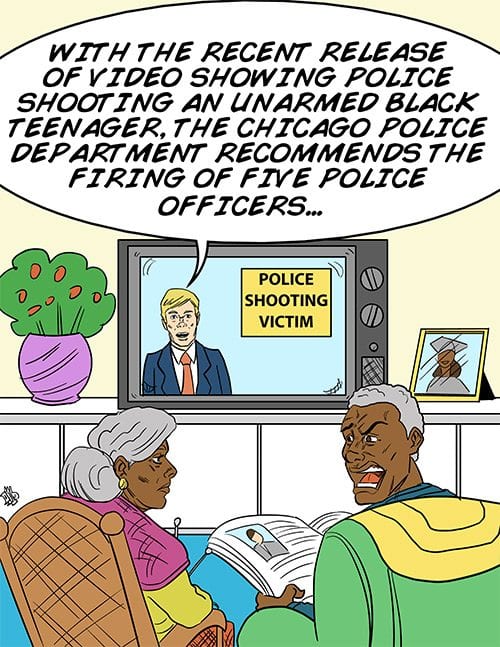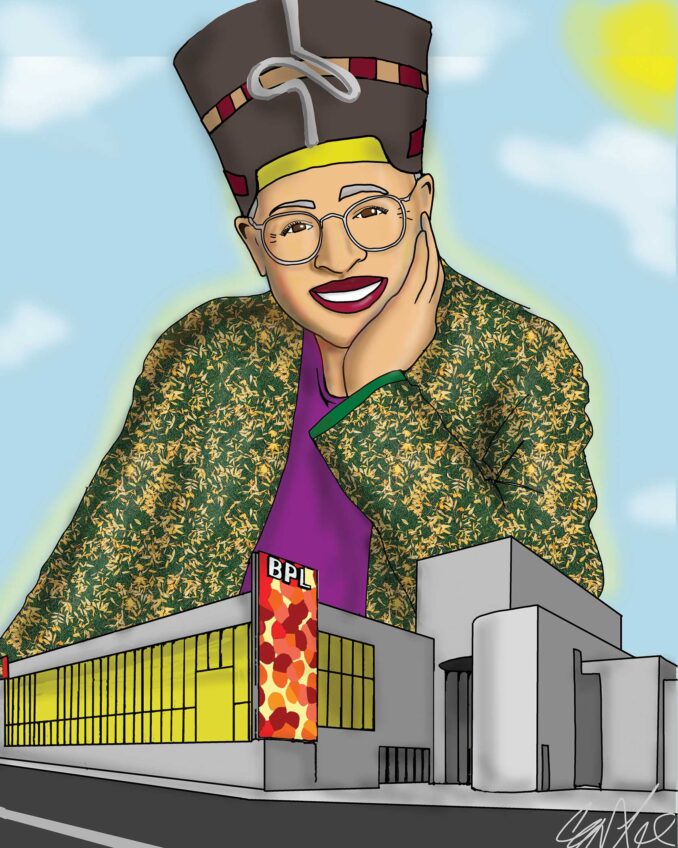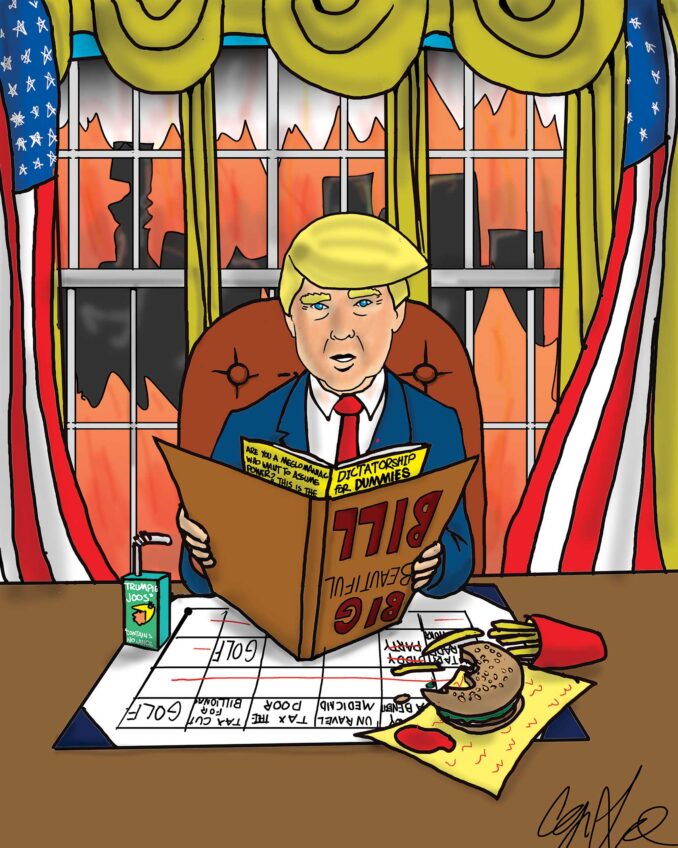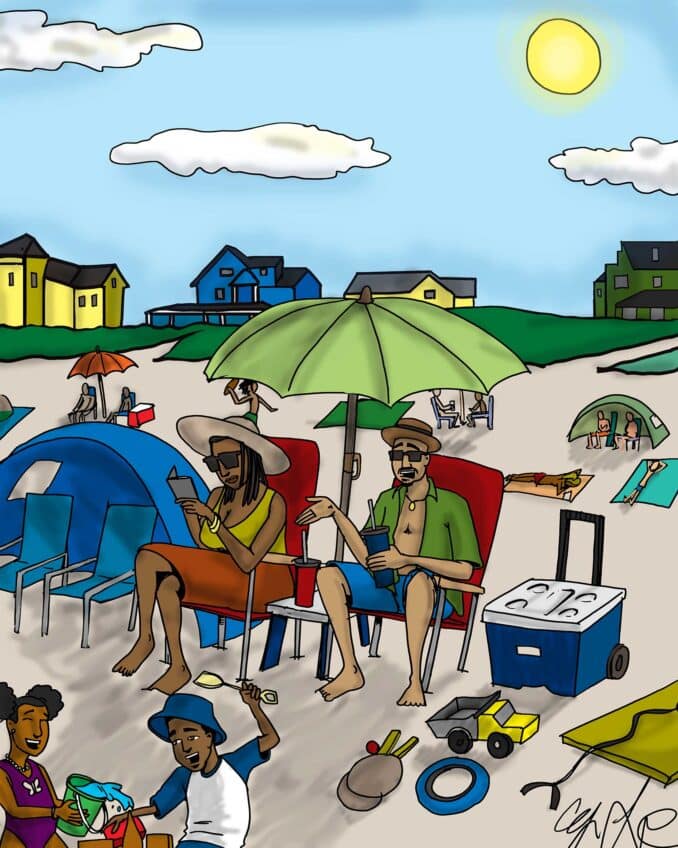
The National Association for the Advancement of Colored People, the NAACP, was established in 1909. The objective of the multiracial organization was to secure the civil rights and social equality of African Americans and others who were discriminated against because of their race. An early project was to make lynching a federal offense. This goal was never achieved despite the frequent occurrence of lynching to intimidate and subjugate African Americans. Although the Jim Crow era is past, the frequent killing of unarmed blacks by the police is reminiscent of the lynch mob days.
Lynchings in the South were more common than formerly believed. According to research by the Equal Justice Initiative, between 1877 and 1950 there were 3,959 black people lynched, 800 more than the number earlier recorded. The research covered only 12 Southern states where slavery was most common. That comes to an average of about 54 lynchings per year. According to the nonprofit agency, Mapping Police Violence, police across the country killed 102 unarmed blacks in 2015. This suggests that an oppressive attitude toward African Americans still prevails.
Citizens became generally aware of police abuse against blacks with the Rodney King case in 1991. The videotaped assault on King by the police in Los Angeles provided visual evidence of the abuse. Exaggerated police claims about King’s resistance to arrest could not withstand the truth revealed by the camera’s lens. There was a clear violation of King’s constitutional rights. Since 1871 federal law has provided a civil claim for such misdeeds. The cost to settle such claims against the police has been climbing. Last year The Wall Street Journal reported that the 10 cities with the largest police departments paid out $248.7 million in damages in 2014.
It was not until 1994, three years after the Rodney King episode, that Congress authorized the Department of Justice to investigate police departments with a history of numerous citizen complaints for abuse. Even then, the attorney general could do little more than develop equitable relief with the consent of the local government. There has been considerable reluctance to provide greater federal intervention lest Congress violate the constitutionally protected principle of states’ rights.
The Department of Justice has investigated Ferguson, Cleveland, Baltimore and Chicago, all with some improvement as a result. However, there is a major problem that cannot be easily corrected. Police officers who are responsible for human rights violations can readily avoid liability for their offense, so there is no compunction for them to observe citizens’ rights. The city pays the financial settlements. If the police department fires them they usually can be reinstated after a union challenge.
In most of the 20th century, police officers were rarely brought to court for shooting unarmed blacks. The NAACP believed that federal jurisdiction would force state prosecutors to file complaints. Juries and judges in state courts are still reluctant to convict the police. As in Baltimore, a criminal trial in state court will usually be decided in favor of the police. Perhaps a federal prosecution would also fail to do justice to resolve a complaint against the police, but the very filing of the case in federal district court would be a declaration that federal law enforcement agencies will protect the rights of American citizens where provincial state courts might not.
The Civil Rights Division of the Department of Justice was established in 1957 to bring the force of the federal government against the violation of voting rights in the South. This same federal clout will be needed to end the neo-lynching of unarmed blacks by the police.






